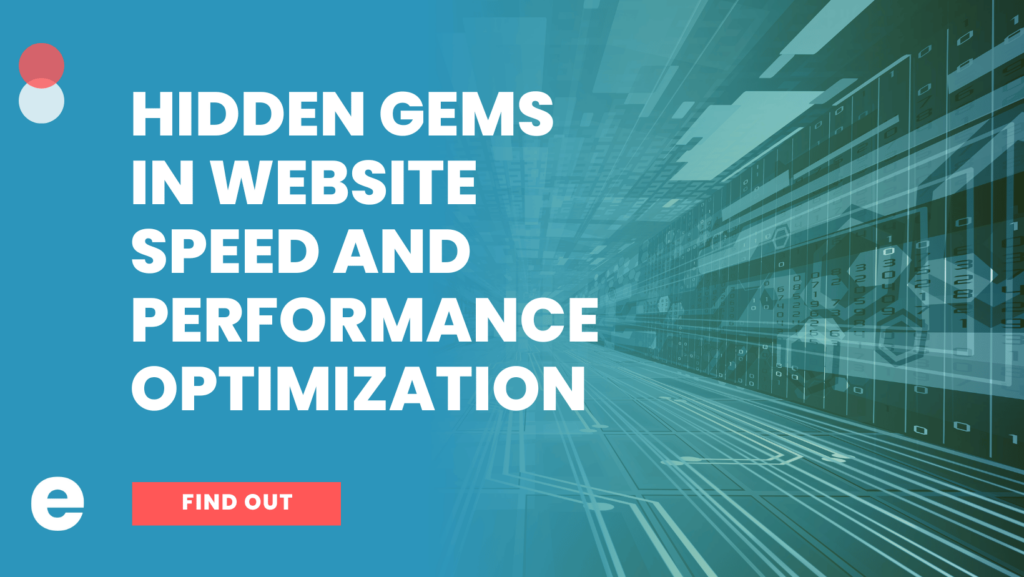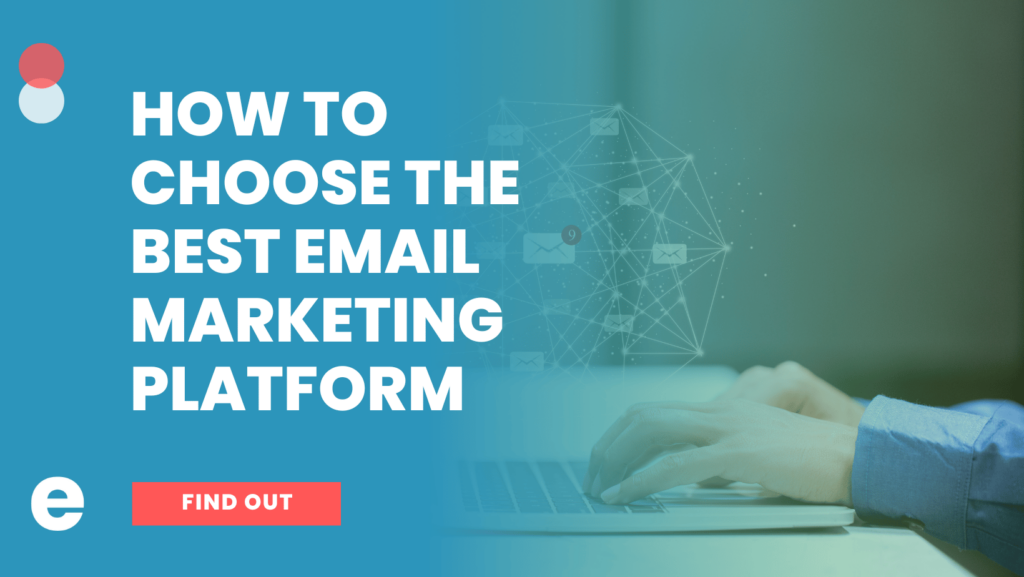Business and marketing teams are constantly trying to achieve the most out of their marketing budgets and successfully employ marketing programs that work for their business. To do this, it is essential to focus on high-intent keywords, so you capture those who are most likely to take an action and buy. Many organizations spend money on high-intent keyword strategies, but the return is not always there. That is why Enilon takes the time to evaluate and optimize your business toward the correct strategy. We have identified a few different steps for figuring out what your organization wants to optimize and which high intent terms to use. We will be discussing these steps as well as other additional topics in this blog.
What are High-Intent Keywords?
When we talk about high intent keywords, we are talking about people who are in the market for your services. This means they have already educated themselves on products or services your organization offers, and they are now ready to buy. By “high intent”, we mean which keywords are really going to lead to the intentions that we want. It is vital to find the right terms to be targeting. Keeping this in mind, it is important to question if the visitors of your site are taking the actions or using the intention that you want them to use. Of course, this depends on the goals and interactions you want potential customers to take.
Where to Find High-Intent Keywords
A good starting point for discovering your high-intent keywords, along with other SEO needs, is doing research with different tools. Some of these tools include Google Keyword Planner and Semrush. First you want to use your website along with the products and services you offer and find out what people are searching for to make their decisions. Google Keyword Planner and Semrush allow you to identify what some of these terms may be. Essentially, you are plugging in your website and looking at competitors’ websites to research the keywords they are using. The focus of your competitors’ website research should be the pages that are generating the most traffic and which keywords are those specific pages ranking for. This will give you some insight into what some of these search terms can be. Additionally, when looking through Google Keyword Planner and Semrush, it is important to consider the competitiveness of the terms and keywords. Looking at competitiveness of the terms deemed valuable by looking at the cost per click (CPC) based on these tools as well as the search volume (the number of people typing in these terms). This allows you to go into Google understanding the “lay of the land”.
Importance of Manual Searching for Keywords
Working with these tools will give you some ideas on what some of these keywords and terms look like. It is now time to do some manual searching with your discoveries. Go to Google, type in these keywords, and get an understanding for what the layout looks like. Examine what Google is showing you. Some questions to consider:
- What website is Google showing you?
- Which websites are paid?
- Are they showing the organic websites?
- Is there structured data?
- Are the websites primarily blogs?
- Do the websites answer questions?
Manual searching will also give you a little bit of a feel for what Google is displaying in their search results for these different keywords and terms. This search starts to give you a little bit to work through as you are determining what it is you want to rank for regarding the high intent keywords.
Understanding the Keywords
It is important to figure out what the keywords are themselves (competitiveness, volume, and the relationship they have to your products and services). Think Customer First Consider what pain points your customers are trying to solve. When you are thinking of all of these keywords, it is important to find out how they relate to the questions people are asking. Keywords do not live in a silo. You must think about the customer’s problem and what their keywords point us to, which is one of those pain points to understand and relieve with your products and solutions.
What Are Some Types of Keywords?
- Informational Keywords– Informational keywords are for gathering information. These keywords are for looking for answers and are generally more generic (who, what, where, when, how, why). With this in mind, it must be said that informational keywords are not high intent.
- Commercial Keywords– Commercial keywords are where you start getting into high intent searches. These are the investigational keywords where searchers are ready to make their decision in purchasing something but need one last comparison or review.
- Transactional KeywordsTransactional keywords are the completing of an action or purchase, such as to buy, download, and/or register. These keywords are high intent.
Long-Tail Key Phrases
In your high intent terms, you should include more of your longer tailed key phrases. These may not have as much search volume. However, if this search is getting somebody to the finish line of purchasing a product, it may be a long tail keyword or key phrase. Though they do not have the search volume of other keywords, long-tail key phrases are high quality types of search terms because you get a higher quality lead. Somebody doing that search is going to get them across that finish line.
SEO Action: Optimizing your Content for SEO
Once you completed your research, came up with a good game plan and know which terms you are going after (including short and long tail key phrases), it is now time to take the next step in actually optimizing and then eventually monetizing your content. This will be similar to your typical SEO in regard to your on-site and off-site optimizations. However, it is a little bit of a separate mindset.
Make Your Value Proposition Clear
When people are coming to your site, it is important to know what is bringing them there. You should work within your content to describe why your product is better than another product. You must understand what is going to bring somebody to actually go through and complete that funnel process of the purchase. Whether it is a review or a blog post on the difference between certain products, it is important to express that in your content. This is what is going to help as far as the on-site optimizations are concerned.
Implement On-Page & Off-Page SEO Tactics
Implementing both on-page and off-page SEO tactics is essential for achieving optimal search engine visibility and driving organic traffic to your website. On-page SEO involves optimizing elements directly on your website, such as using relevant keywords in high-impact areas, crafting compelling meta descriptions, and ensuring proper header tags. It also includes creating high-quality, valuable content that addresses user intent and incorporates semantic keywords. Off-page SEO, on the other hand, focuses on building your website’s authority and reputation across the internet. This is achieved through strategies like acquiring high-quality backlinks from authoritative websites, engaging in guest blogging, and actively participating in relevant online communities and forums. By striking a balance between on-page and off-page SEO tactics, you enhance your website’s chances of ranking higher in search engine results, attracting a broader audience, and establishing a strong online presence.
Consider Content Distribution
You should consider distributing your on-site content into off-site content, including blogs, webinars, guides, and even a consulting or training program on what makes your product the best. It is important to think about whether you are doing retargeting or conversion marketing. A great way of distributing this content is sending a quarterly email to your email list. These are ways to not just have the content within your website but how you are “attacking” back and getting more people to the website to make that purchase.
What is Keyword Competitiveness & Why is it Important?
It is important to consider the long-game SEO strategy you put into place. Whether you are focusing on paid or organic searches (or both), you must consider competitiveness and how important certain keyword factors are to you. When talking about paid per click (PPC), it is important to understand the competitiveness of the high intent keyword. There will be organizations that are paying to get conversions from these terms. These businesses may pay $50, $80, $100, or even more because of the high intentness of that keyword. These PPC keywords are so much stronger versus an industrial term may not be as high per click. In addition, you should consider how many competitors are running ads for these terms. This is where competitive research will help as well as understanding keyword research from the tools previously mentioned. Understand the cost benefit (ROI) of terms and whether it is cost worthy to your business to run this term. Consider how much you would like your organization to show up in search results. Do you want to show up as much as you possibly can when people are searching for this term? If there are thousands and thousands of searches for this term per month, you must consider it will be costly. A helpful hint is to make sure your CRM is connected to marketing so you can make decisions based on pipeline and revenue.
Find Your High-Intent Keywords with Enilon
We believe researching high-intent keywords is a great way to maximize your investment and strategy. Enilon offers digital marketing solutions that help you convert searches into purchases. Wherever you are in your keyword research, we at Enilon are here to help. We invite you to contact us today to discuss your goals and create an action plan forward.



